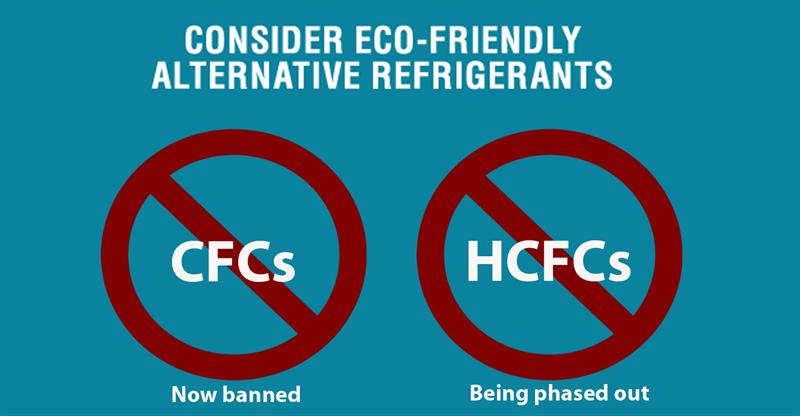The Saint Lucia Government is aiming to significantly reduce HCFCs by Jan. 2015 through coordinated education and training programs. It successfully phased out ozone depleting CFCs in 2008, two years ahead of schedule.
 Minister for Sustainable Development, Energy, Science and Technology, Hon. Dr. James Fletcher, on Monday reaffirmed government’s commitment to reduce the country’s use of ozone-depleting HCFCs.
Minister for Sustainable Development, Energy, Science and Technology, Hon. Dr. James Fletcher, on Monday reaffirmed government’s commitment to reduce the country’s use of ozone-depleting HCFCs.
Dr. Fletcher released the statement on the eve of the International Day for the Preservation of the Ozone Layer, when countries worldwide observe the importance of the earth’s atmosphere and what measures can be taken to protect it.
Hydrochloroflourocarbons (HCFCs)—substances used in refrigerators, air conditioners, and in aerosol sprays, were introduced in the 1990s as an alternative to chloroflourocarbons (CFCs).
“Although having considerably lower ozone depleting potentials than CFCs, HCFCs have high global warming potentials, of up to 2000 times that of carbon dioxide,” the United Nations states.
As a result, an agreement was reached to accelerate the Montreal Protocol's phase-out of the production and consumption of HCFCS.
In 1994, the Government of Saint Lucia, along with 195 other countries, signed the Montreal Protocol on Substances that deplete the Ozone Layer. In 2008, two years ahead of schedule, Saint Lucia eliminated or phased out the first major group of these ozone-depleting substances: CFCs. It is now working on reducing HCFCs.
Saint Lucia’s National HCFC Phase-out Management Plan aims to reduce the national importation of HCFCs by 15 percent in January 2015, and by 35 percent by the year 2020.
In his Statement to mark International Ozone Day, Dr. Fletcher said there is much to be done.
“This year’s theme ‘Ozone Layer Protection: the mission goes on,’ reminds us that although we have successfully phased out CFCs and have begun to take action to phase out HCFCs, our work is not yet complete,” he said.
“The phase-out plan seeks to identify environmentally friendly alternatives to HCFCs. Our goal is to select alternatives that are not only ozone-friendly, but also climate-friendly, cost-effective and energy-efficient. In addition, our successful transition to these alternatives will depend, in great measure, on the ability of our air conditioning and refrigeration technicians to safely handle refrigerants and provide servicing and retrofitting services [as well as] customs officers to ensure that Saint Lucia’s borders are protected from the illegal trade in ozone depleting substances (ODS). This is an important step, as the illegal trade in HCFCs and their products remains a significant challenge.”
For the phase-out to be effective, government will train customs officers, train and certify refrigeration and air conditioning technicians, and develop standards for the management and disposal of refrigerants, he explained.
To mark Ozone Day 2014, the Ministry of Sustainable Development will sign a Memorandum of Cooperation with the Customs and Excise Department, Marine Police, and the Caribbean Customs Law and Enforcement Council (CCLEC), that will establish an Illegal Trade Network for Ozone Depleting Substances, and ensure that Saint Lucia’s borders are protected.
The minister added that while alternative refrigerants like hydrocarbons are already available in Saint Lucia, and while some studies indicate the ozone layer is recovering, full recovery is not expected until 2050.